Google Stadia, a cloud gaming service, is tech giant Google’s foray in the world of video game streaming. Setting out with ambitious goals like eliminating hardware requirements and ending the age of gaming consoles, cloud gaming has been a novel concept so far. Companies like Sony have ventured into this domain but none are yet to establish their foothold. Google, with its seemingly endless technological resources, is up for the challenge of making streaming video games a viable alternative, and ultimately the preferred option, over PC and console gaming. However, at present, Google must overcome a wide array of challenges otherwise this vision would remain a pipe dream.
Perhaps the main hurdles for Stadia in achieving its goal are the “last mile” issues at the consumer end. Starting off with the internet setup requirements for maintaining a stable framerate for a seamless gaming session. While high speed internet is common nowadays but does come in different forms ranging from wired connections to Wi-Fi routers. Each come with their own problems such as the quality of the cables and the frequency of the Wi-Fi router making it difficult for Google to come up with a standardized solution to overcome these problems. Looking beyond the network, interfacing problems due different choice of input methods may cause similar problems. Stadia promises that after watching a trailer on YouTube, you will have an option to start playing within 5 seconds of opting to do so. There, it needs to determine whether the consumer would be playing using a keyboard and mouse or a controller or something else. To compute all this, among many other variables, would definitely be cumbersome in about 5 seconds.
Another aim of Stadia that may create problems for Google is their claim that they can have same gaming experience on a mobile device or a tablet. Again, the interfacing issues can arise in this case as well. One might say they may be more severe as it can be harder to sync with the on screen controls of a mobile phone and tablet. In general, they can work fine with slower paced games but for games like PUBG, people tend to go for clip-on physical buttons. They may get the job done but can still cause input lag. Also, it may be problematic as to how Google Stadia service may operate on iOS given there is no word about its cross compatibility. iPad and iPhone owners make up a sizeable chunk of lucrative customers so it makes financial sense for Google to cater for them as well.
Apart from the issues discussed so far, Google Stadia has a host of other challenges as well. It is already playing catch up to services like Playstation Now which have an established gaming library. Populating the library and convincing game developers for Google Stadia’s viability may prove major road blocks. There is still yet to be a clearly defined approach as to how they would monetize their service. This, along with various factors, can make or break their pitch to attract the bigger gaming companies onboard.
Sarah Thompson
You'll almost always find Sarah talking about something Android-related or what game she's currently playing. Sarah started gaming on the PlayStation 2, playing classics such as Grand Theft Auto 3, Metal Gear Solid 2 and Jak and Daxter. Sarah has written for a number of Android and gaming blogs over the past few years and is currently contributing to State of Stadia with news and game reviews.
Related articles

Phil Harrison’s Latest Fail
Sam RogersFeb 25, 2023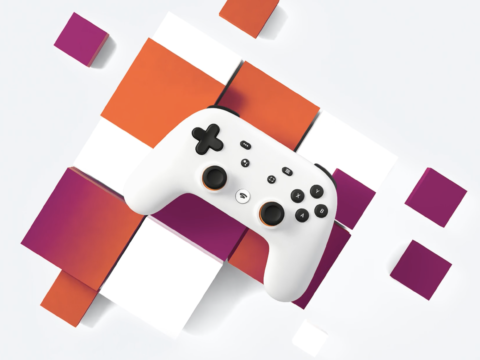
Goodbye Google Stadia
Matt HarrisJan 25, 2023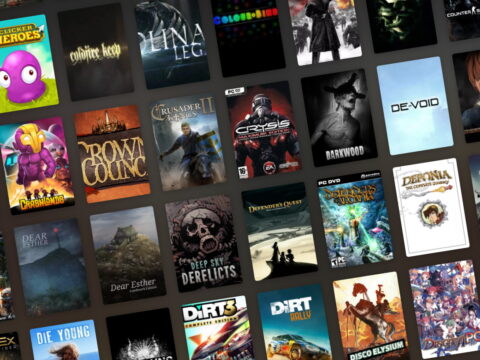
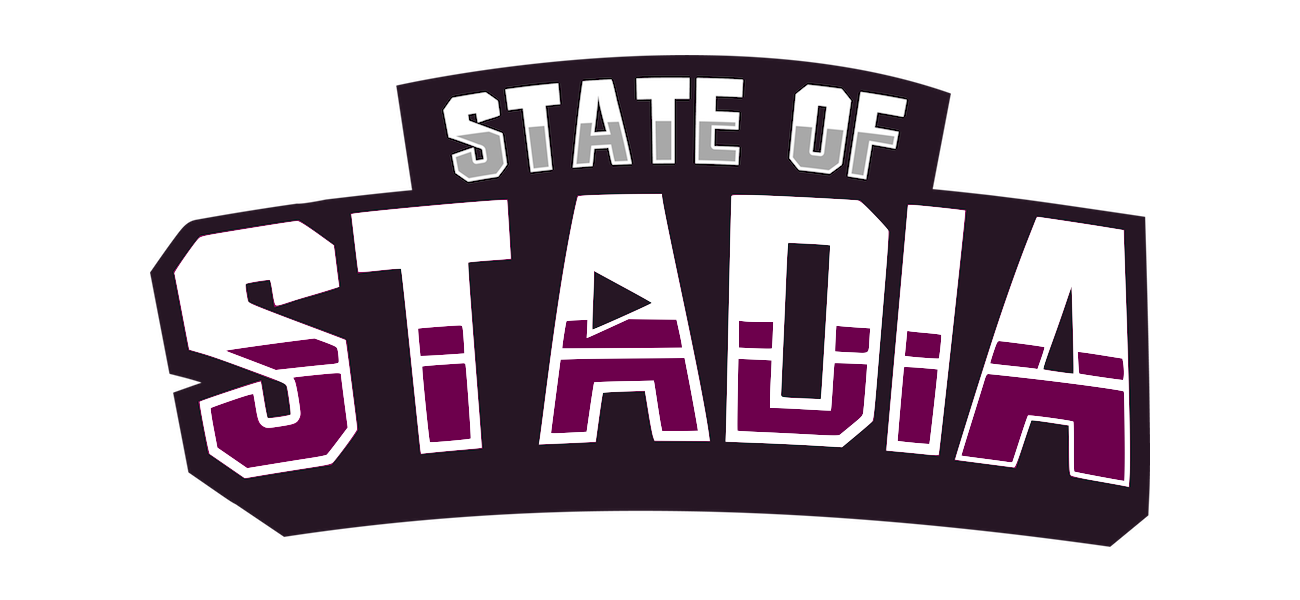
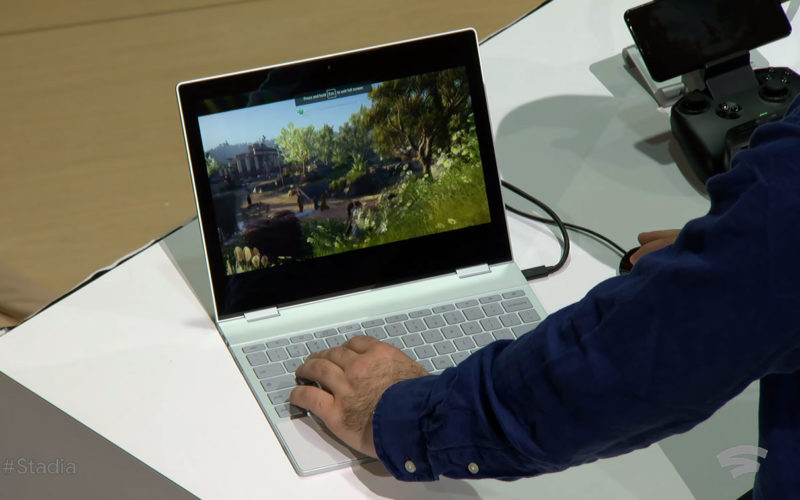
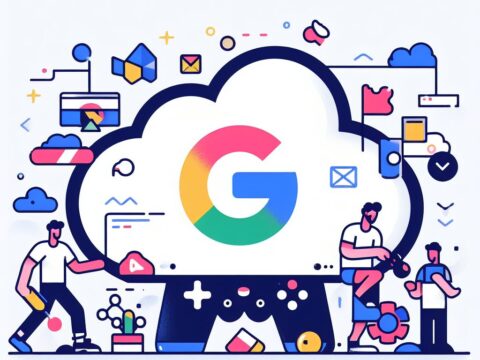






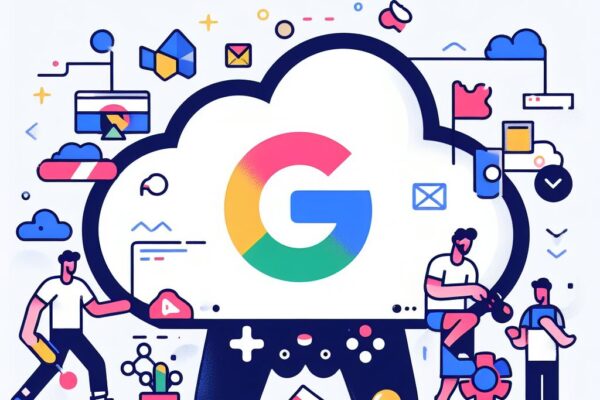




Leave a Reply